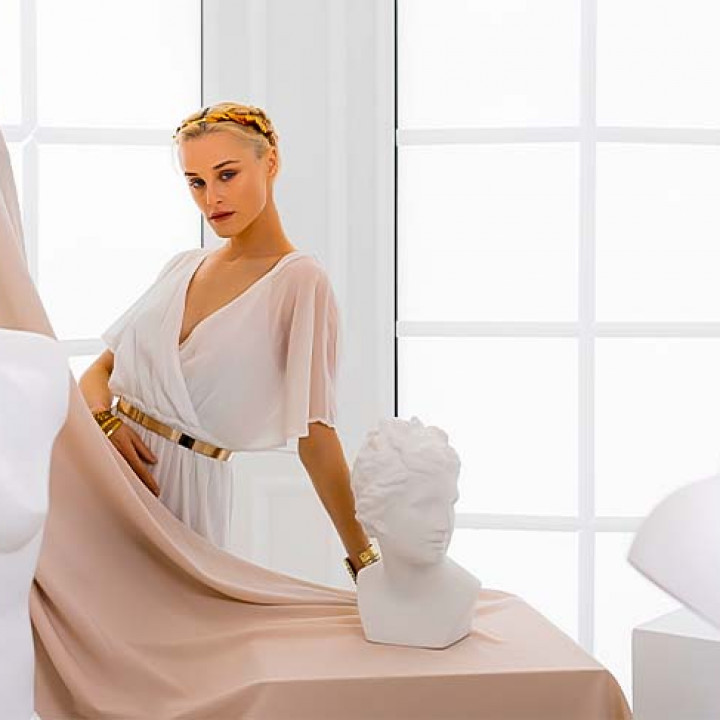
Weaving Together the Stories Behind Our Dress Collection
In the world of fashion, every dress tells a story. From the moment a concept is born in the mind of a designer to the final stitch that completes the piece, a journey unfolds—a journey of creativity, tradition, and personal tales. This blog post delves into the intricate process of weaving together the stories behind a dress collection, highlighting the human touch that makes each piece more than just an item of clothing.
The creation of a dress collection starts with inspiration. Fashion houses and studios embark on a creative expedition, drawing from a plethora of sources such as history, art, nature, or personal experiences. This initial spark is the foundation upon which the narrative of the collection is built. Selecting the right fabrics becomes the next critical step. Like choosing the words for a poem, each fabric—from silk to cotton, linen to lace—adds texture and emotion to the story the collection aims to tell.
Needlework and embroidery patterns come into play, serving as the pen strokes in this visual literature. These elements are not randomly chosen but are meticulously planned to align with the collection's theme. For example, delicate floral embroidery might evoke a tale of spring's rejuvenation, while bold geometric patterns could narrate a story of modernity and progress. Every detail, be it a ruffle, a pleat, or a color choice, contributes to the overarching narrative, making each dress a masterpiece that speaks volumes.
Consider a dress inspired by the ancient practice of weaving itself. The interlocking threads could symbolize the connection between past and present, with each thread representing a link to our ancestors. Such a dress carries with it a history, a homage to the craftsmanship that has clothed humanity through the ages. It's a narrative woven into the very fabric of the garment, ready to be shared with the world.
These dresses do more than adorn the body; they impact the individual who wears them and, potentially, the international fashion scene. Wearing a dress from such a collection, one doesn't merely wear a piece of clothing but dons a story, a piece of art that resonates with personal and collective experiences. It's a form of expression, a conversation starter, and, at times, a statement.
Preserving these stories is crucial. As we move forward in the digital age, where fast fashion often overshadows traditional craftsmanship, it's important to remember the value of a well-told story. Fashion designers, historians, and consumers alike bear the responsibility of ensuring that the narratives encapsulated in these dress collections are not lost but cherished and passed down to future generations.
In essence, a dress collection is more than an assembly of garments. It's a curated exhibition of narratives, a tapestry of human experience and creativity. Each piece is a testament to the designer's vision, the artisan's skill, and the wearer's individuality. By appreciating the stories behind these collections, we celebrate not just the beauty of the dresses themselves but the rich tapestry of life they represent.




